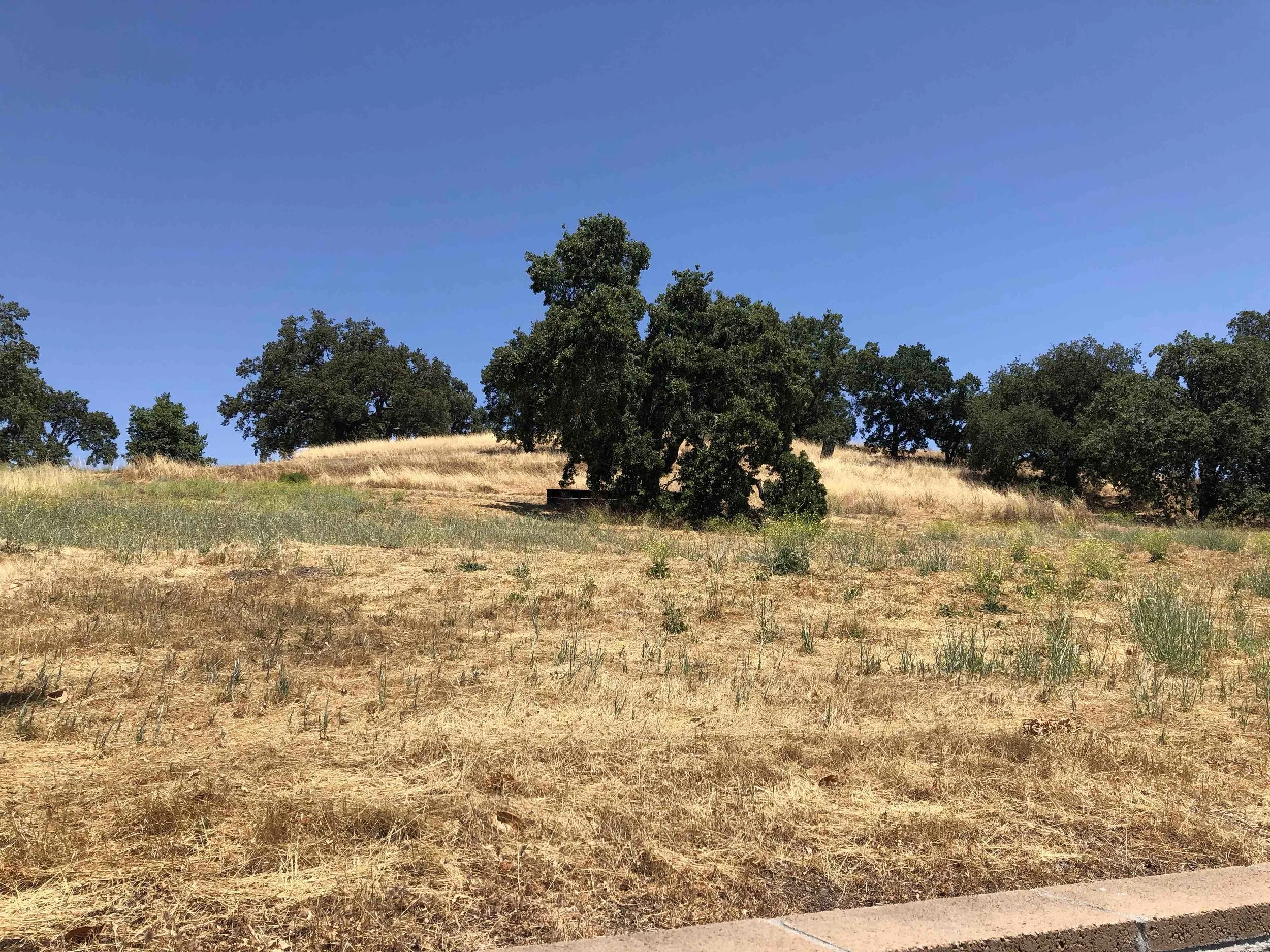Technology - pros and cons
The technology we use in local television news today is so advanced compared to just a few years ago. How and from where we gather news, how we transmit it, how our viewers consume it - it's getting so much better so fast. But, the flip side to all the new choices is that sometimes they can get us into trouble.
Feeding a story back via the internet is nothing new. But one thing the tech titans haven't figured out is how to guarantee a powerful signal everywhere, all the time. As I was trying to feed back my story today - 45 minutes before show time - I noticed I was having trouble. I was parked at a grocery store near the highway, so I didn't expect to have much of a problem. But as the minutes ticked by, my attempts to send the story back continued to fail. It wasn't until the station told me my location was notorious for poor cell service that I decided to move. About a mile away, my cell signal improved by about 150 percent! My story fed in in a flash. But now it was 10 minutes to show time and blood pressures were going up in my news vehicle and at the station. Beginning reporters should know technology is fallible and make time for that.
The other technology lesson from today had to do with the law. I needed some images to include in my story, and my source offered me some. I asked, "Where did you get them?" The answer: "We pulled them off the internet." RED FLAG. We simply cannot "pull stuff off the internet" and use it in our stories. The best way to think of it is: everything that someone else does (photos, stories, videos) belongs to that person, and you can't use it unless you get permission. There are some ways you can work around that, such as a search on Google Images. Google Images has a tool that will organize photos by usage rights. This is a good start to helping you figure out what you can and cannot use in your story.
Today's story was about a difficult choice. The Army Corps of Engineers is in charge of cutting the grass in a neighborhood that sits on the site of a former air base in Novato. In California, if you don't cut the grass the chance of a wildfire goes through the roof in the summer. A few weeks ago while cutting the grass, work crews came across some endangered birds, so they stopped mowing. There's the choice: prevent fires or protect the birds.
The three elements I tell my students to include in every story are:
- So what (what difference does it make): fires are a hot (sorry) topic in California every year, so anything that increases the fire danger is news.
- Real people (the people living the story): people who care about the birds and, more importantly, people who live near what could be a fire.
- Show me, don't tell me (video): The grass, the birds, the houses.
The real people weren't that hard to find - just knock on a bunch of doors in the neighborhood until someone answers. At the fifth house, someone agreed to talk to me. The show me, don't tell me was a little more difficult. Hiking up and down hills searching for endangered birds was no easy task. In the end, that's where I relied on internet photos that had liberal usage rights.
We can all learn from others who do their job really well. This video was posted on Facebook and shows some outstanding videography. Watch the video and notice what went through the videographer's mind to get this shot:
- Hear the news: a good videographer not only looks for pictures, but hears them coming, too. Notice how the camera swings around when the plane engines roar.
- Use the tripod: shooting at that distance, a tripod is non-negotiable. Imagine how shaky video would have made the images much less impactful.
- Adjust the iris on the fly: this skilled videographer has complete mastery over all the functions of the camera, in this case, the ability to adjust the amount of light coming into the camera in an instant so the picture is exposed properly.
- Anticipate the action: if you know where the movement is going (as opposed to where it is now) you can get that dramatic image of the plane disappearing behind and then rising over the trees.
- Let it leave the frame: as great as this video is, it can't run in the story forever. At some point we need to edit and transition to another shot. By letting the plane leave the frame, the videographer created an edit point.
Video shot by KGO videographer Jackie Sissel posted to the Facebook group Storytellers by Wayne Freedman.
Takeaways:
- For all its advantages, know your technology isn't fool proof.
- Watch TV. Learn from people who are good at what they do.

